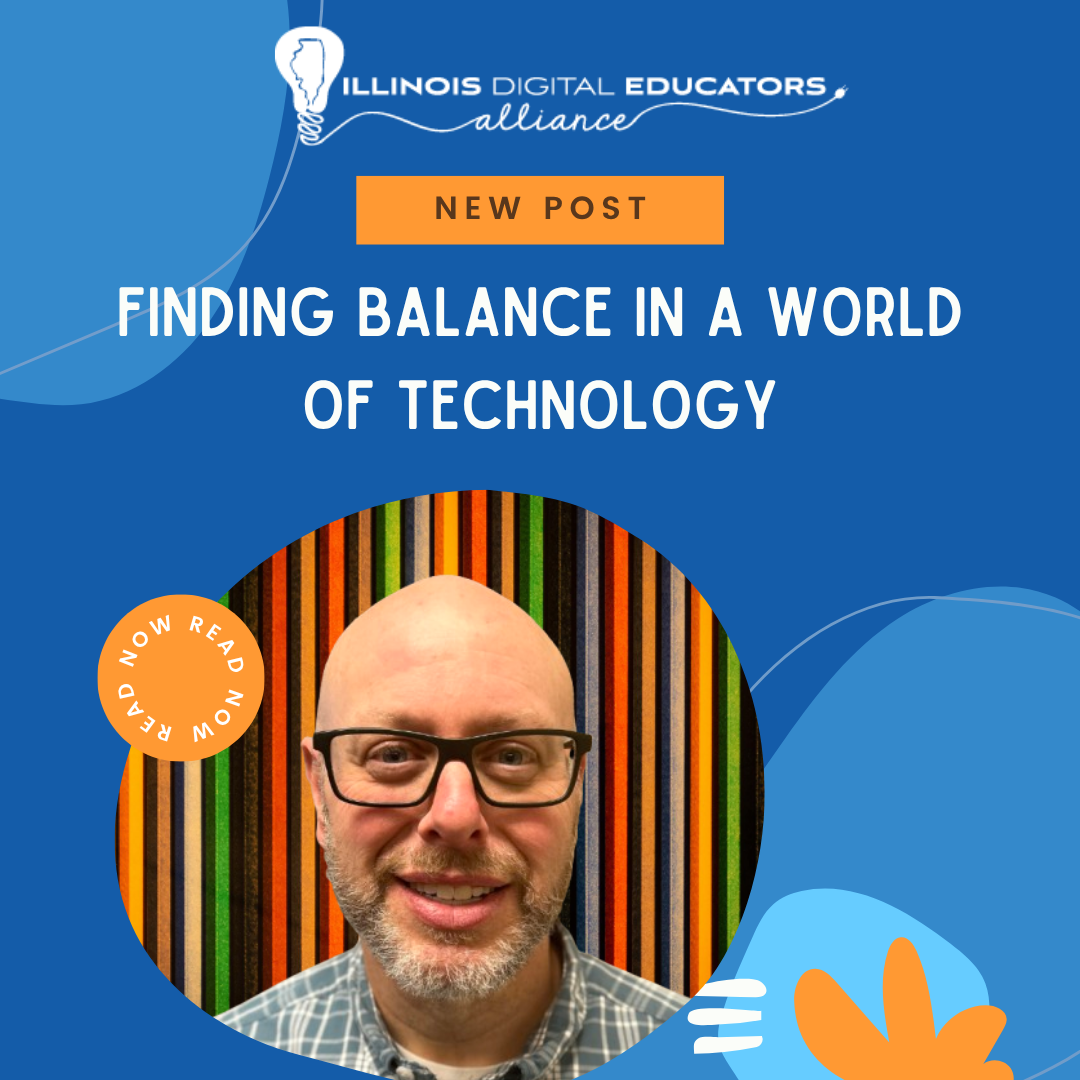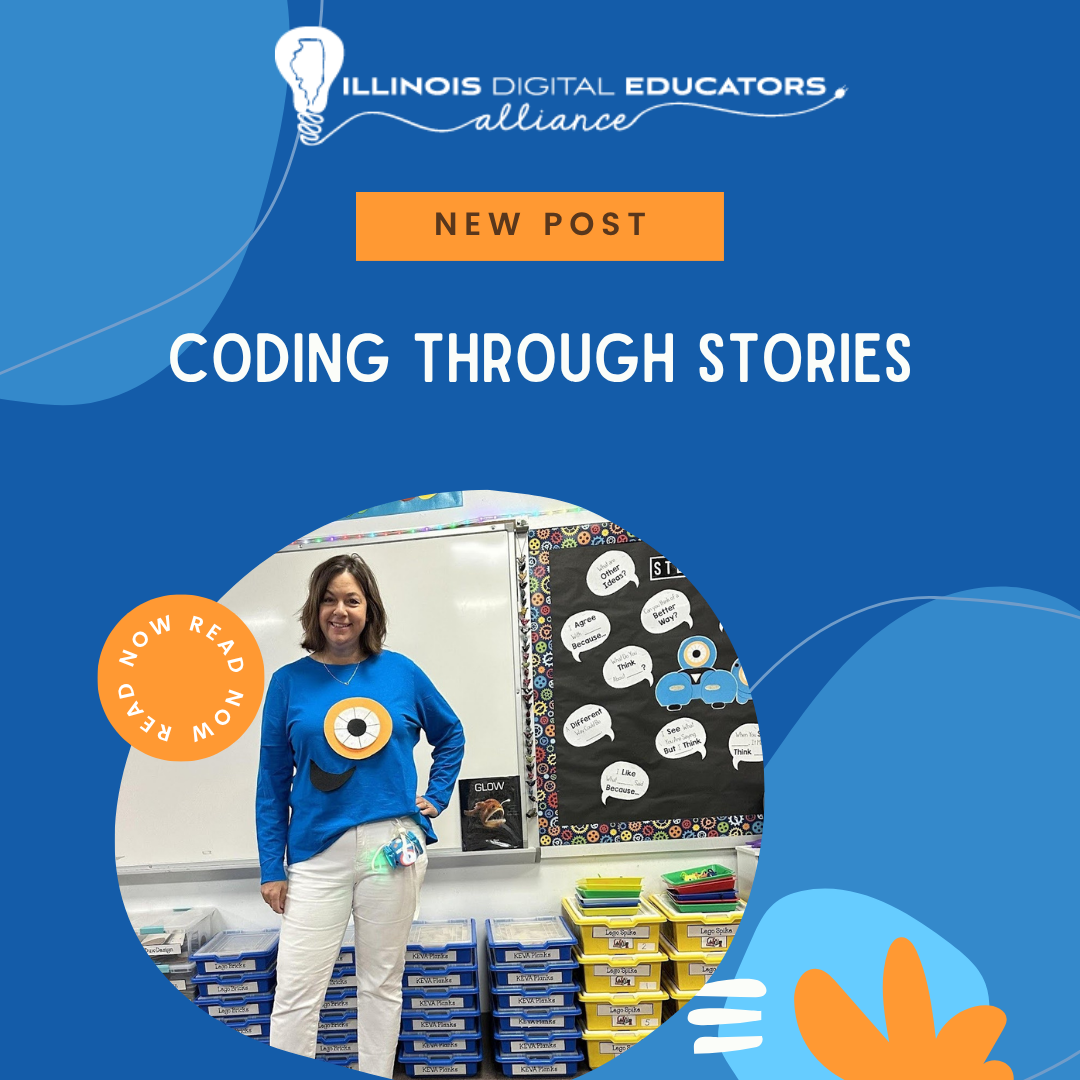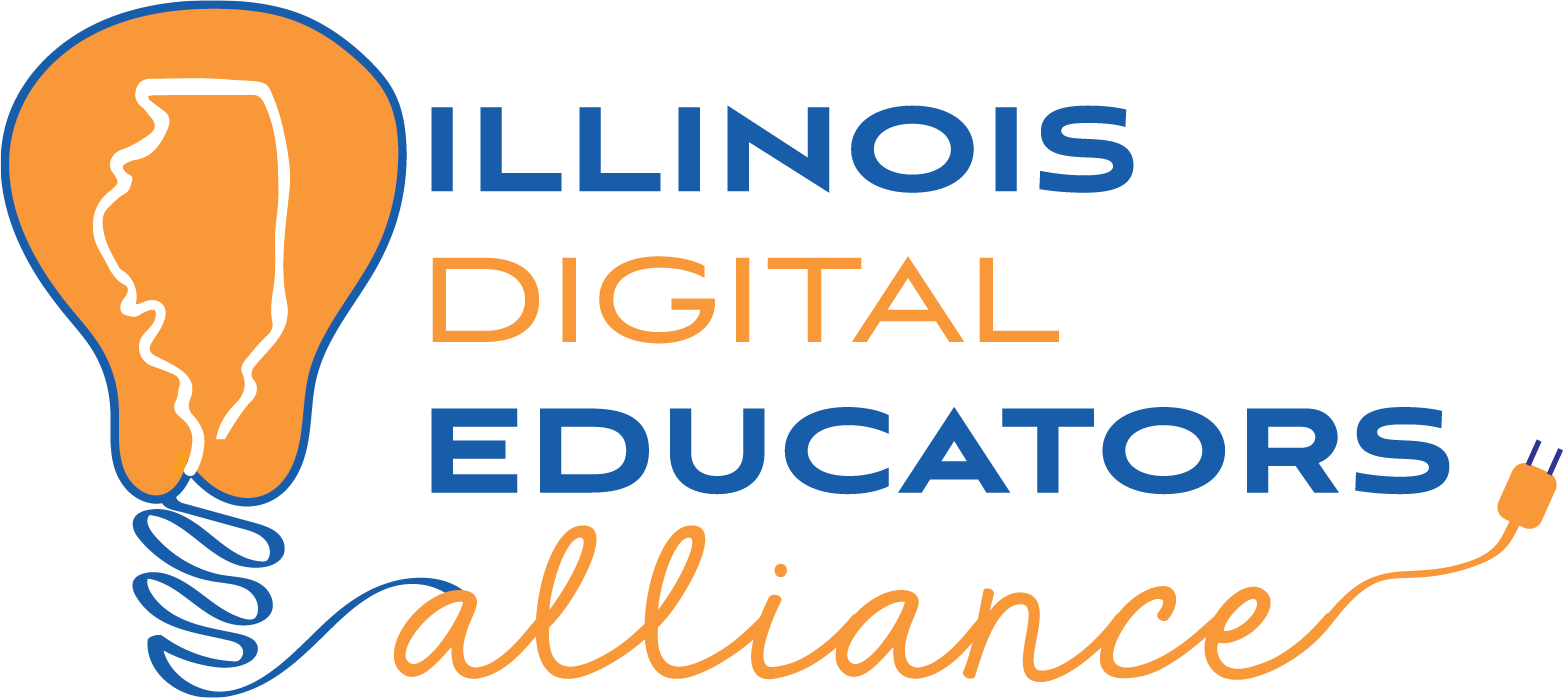Harnessing AI for Effective Teaching: Summarizing, Podcasting, and Music Integration

The rapid pace of technological advancement offers teachers an array of tools to plan, supplement, and enhance their lessons. Among these innovations, artificial intelligence (AI) has emerged as a powerful resource that can transform classroom activities. In this post, we’ll explore three ways teachers can harness AI to simplify reading with AI summaries, streamline podcast creation, and boost learning with Music and AI.
Simplifying Reading with AI Summaries
Let’s face it…some children struggle reading or do not like to read. Even as a teacher some websites, scholarly articles, and blog posts are sometimes too long. Personally, I love a five-sentence summary. My go-to tool for this is OpenAI's ChatGPT, though there are many other AI options out there. What used to take hours to dig through a journal article now only takes a few minutes to read a concise summary.
Providing students with a summary of a lengthy reading helps them grasp essential concepts without feeling overwhelmed. AI makes information more accessible and bridges the gap between difficult texts and student understanding.
Streamlining Podcast Creation for Classroom Use
In the past, creating podcast episodes was time-consuming and stressful for me. The first step is to determine the purpose of your podcast. My new podcast,
CS Basics with Jeremy Rinkel, focuses on the basic concepts and vocabulary terms in computer science, cybersecurity, and programming.
To streamline the process, I used ChatGPT to generate a list of CS topics and a podcast transcript for 4-5 minute podcast episodes. Although I could have read and recorded the podcast myself, I wanted to avoid the stutters and filler words that often sneak into recordings.
Instead, I used Play.ht, a text-to-speech platform with a voice cloning feature. By uploading a 30 second recording of my voice, the text is read in my voice, making the podcast more personalized for my students. While not perfect, this tool allows me to quickly produce a season of podcasts for student use. Once the audio file is ready, I turn to YouTube’s audio library to find suitable intro and outro music. I then pull the audio file of my voice from Play.ht and the music into Audacity for final editing. Podcasts can be powerful supplementary learning aids, offering students an alternative way to engage with course material and reinforce their understanding. The interesting thing was that students could not tell the difference between my actual voice reading v.s the AI voice clone. As a class, we discussed the ethical and unethical uses of this technology.

Boosting Learning with Music and AI Tools
Research shows that music can significantly boost memory retention and student engagement. Judy Willis’s article, "Using Music During Instruction to Support Cognition," discusses how incorporating musical activities into lessons makes learning more enjoyable, improves mood, and enhances memory and creativity.

In my computer science courses, I wanted students to easily recall the basic vocabulary of CS. To achieve this, I used the AI tool Suno to create educational songs. With a simple prompt like “compose a rap song that focuses on algorithms in computing,” Suno generates a semi-professional sounding song in less than two minutes. I created a song for each of the first 12 lessons of the school year. Using DistroKid, a paid distributor, I released the album Code Life: Rhythms in Programming on Spotify, Apple Music, and several other streaming services. I also created an album called West Egg Dreams, which discusses important concepts of F. Scott Fitzgerald’s The Great Gatsby.
Additionally, creative tools like
Ideogram can be used to design engaging visuals, such as album covers or educational graphics, which can complement music-based lessons. This tool was invaluable in generating the images and album covers for this blog.
Final Thoughts
The integration of AI in education offers numerous benefits, from simplifying complex information to creating personalized and engaging learning experiences. By utilizing AI tools to supplement and summarize content, produce educational podcasts, and incorporate music into lessons, teachers can enhance their teaching methods and better support their students' learning journeys.
What ways are you currently using AI in your classroom to enhance your student’s learning experience?
Notes:
- Images were created utilizing the website Ideogram.ai, a text to image AI tool
- ChatGPT 3.5 was used to organize and improve the wording of my original thoughts
- ChatGPT 3.5 created the title of this post

Jeremy is a TEDx Speaker and a high school Computer Science & History Teacher in Effingham, IL. He is also a governing board member of Illinois Digital Educators Alliance (IDEA). Jeremy has earned a Masters in Educational Policy from the University of Illinois and a Masters in Teaching from Greenville University. His goal is to inspire students, teachers and anyone he comes into contact with to be a lifelong learner. Jeremy believes education is the key to solving our world’s problems. In his free time, he enjoys traveling,writing, spending time in coffee shops, and spending time with his family watching old TV shows on Netflix.
From IDEA: Our organization encourages users of AI to carefully read privacy policies, ensuring they understand the permissions granted to companies to use their data, content, or work for AI training and other purposes. This awareness helps protect privacy and fosters informed decision-making.




